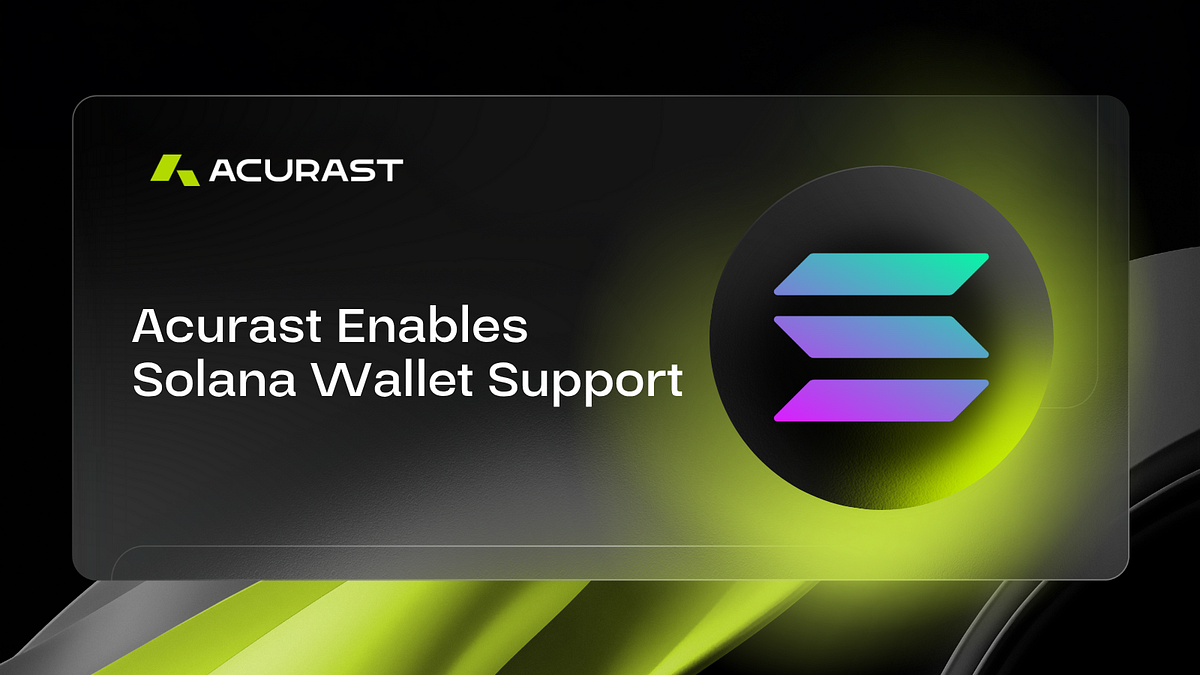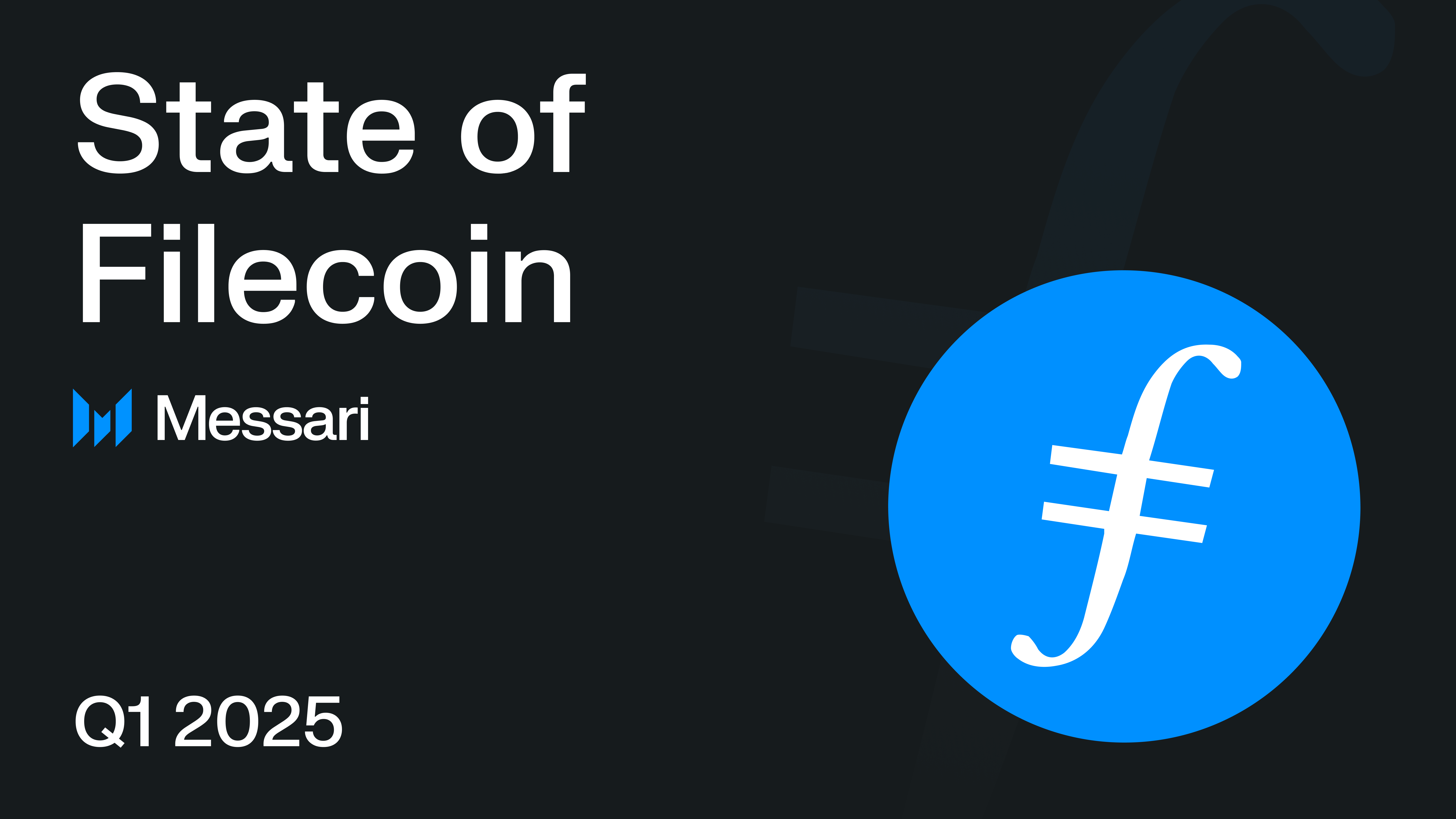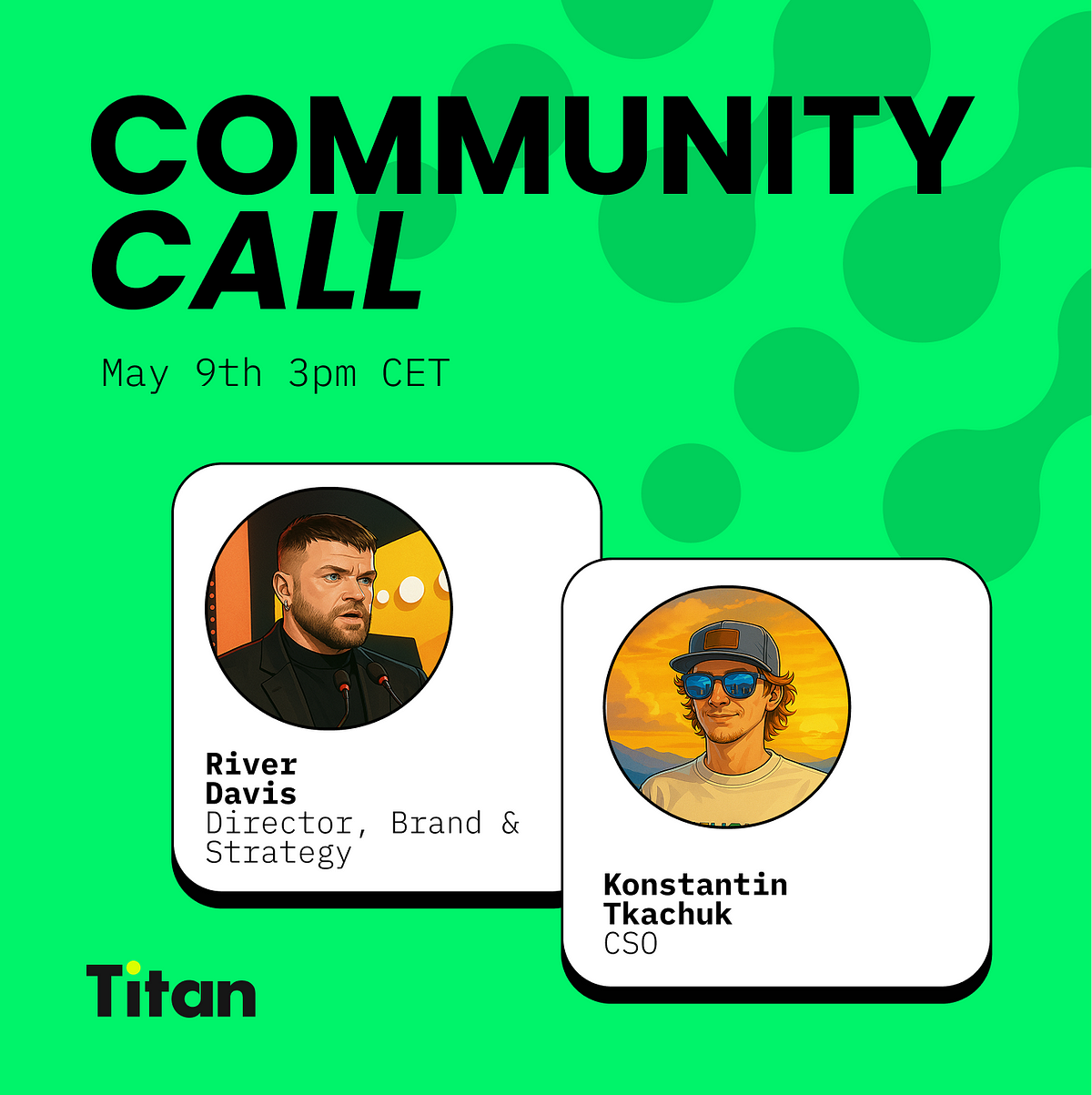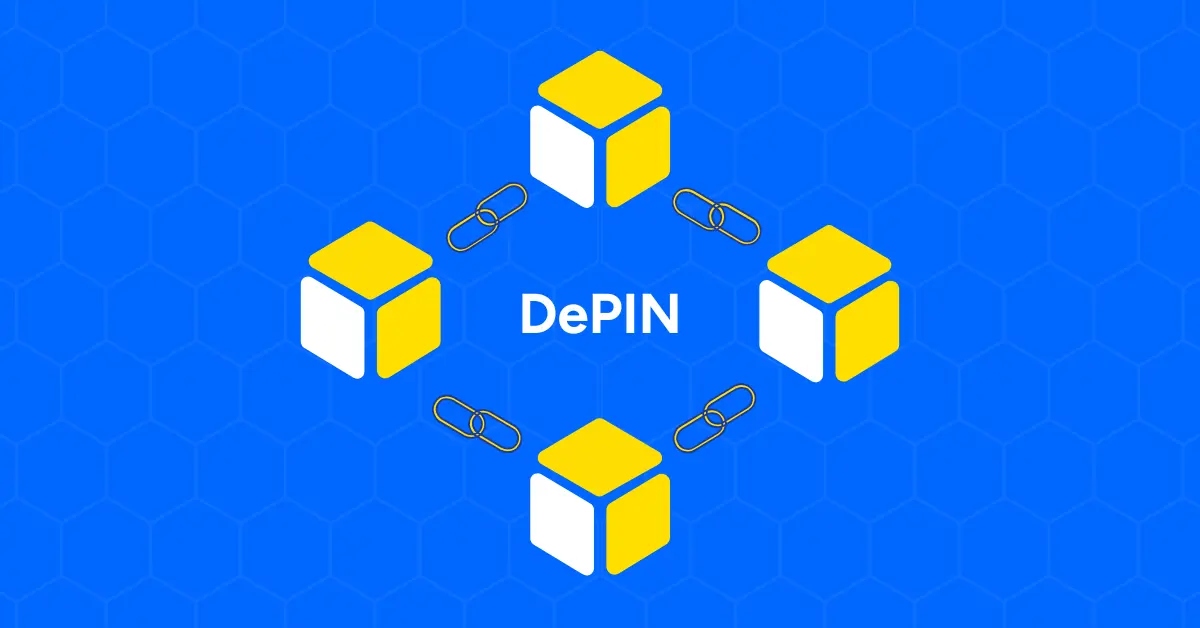Google Launches Imagen 3: A New Era in AI Image Generation
Google has officially launched Imagen 3, its latest text-to-image AI model, five months after its initial announcement at Google I/O 2024. This new iteration promises to deliver enhanced image quality with improved detail, better lighting, and fewer visual artifacts compared to its predecessors. Imagen 3 is designed to interpret natural language prompts more accurately, allowing users to generate specific images without the need for complex prompt engineering. It can produce a variety of styles, from hyper-realistic photographs to whimsical illustrations, and even render text within images clearly, paving the way for innovative applications such as custom greeting cards and promotional materials.
Safety and responsible use are at the forefront of Imagen 3’s development. Google DeepMind has implemented rigorous data filtering and labeling techniques to minimize the risk of generating harmful or inappropriate content. This commitment to ethical standards is crucial as generative AI technology becomes increasingly integrated into various industries. Users interested in trying Imagen 3 can do so through Google’s Gemini Chatbot by entering natural language prompts, allowing the model to create detailed images based on their descriptions.
Despite its advancements, Imagen 3 does have limitations that may affect its usability for some professionals. Currently, it only supports a square aspect ratio, which could restrict projects requiring landscape or portrait formats. Additionally, it lacks editing features such as inpainting or outpainting, and users cannot apply artistic filters or styles to their images. When compared to competitors like Midjourney, DALL-E 3, and Flux, Imagen 3 excels in image quality and natural language processing but falls short in user control and customization options. Overall, while Imagen 3 is a powerful tool for generating high-quality images, its limitations may deter users seeking more flexibility in their creative processes.
Related News





